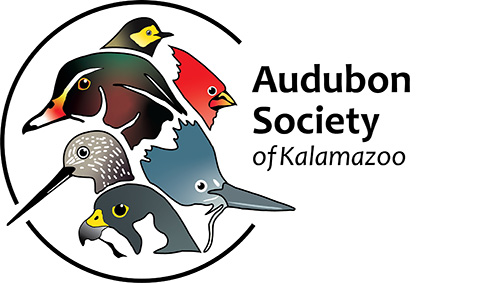By Susan Schneider –
As we move toward the Spring Equinox, thoughts turn to the big greening ahead, and gardening becomes more than wishful winter fantasizing. How can we garden with climate change in mind?
One way is to replace at least part of any lawn you might have. Putting in native plants, for example, helps birds and beneficial insects, as well as cutting down on mowing. Talk about a win-win! But any kind of lawn replacement that doesn’t need to be mowed will help. As noted on National Audubon’s climate action website, “America’s largest irrigated crop isn’t corn or soy—it’s grass. Lawns cover more area than Georgia, and their upkeep deepens the climate crisis.”
I made a start on my own new yard with lots of native plants last year, and am looking forward to further transformation and more pollinators and songbirds. Plenty of local and regional resources are available to help – books, websites, webinars, and organizations galore – and that includes some of your friendly Audubon colleagues, such as our Treasurer, Ilse Gebhard. I know I’ve learned a lot from the many local experts we are fortunate to have in our region.
For mowing that remains, try using an electric or a human-powered reel mower rather than fossil fuels – it helps a lot. Gas-powered mower engines are extremely inefficient (and also noisy!). In general, going electric as much as possible is a critical step forward in addressing climate change. As a sample of the many great resources on this topic, Saul Griffith’s book Electrify is currently popular in climate circles (and we read it for the local climate book club).
